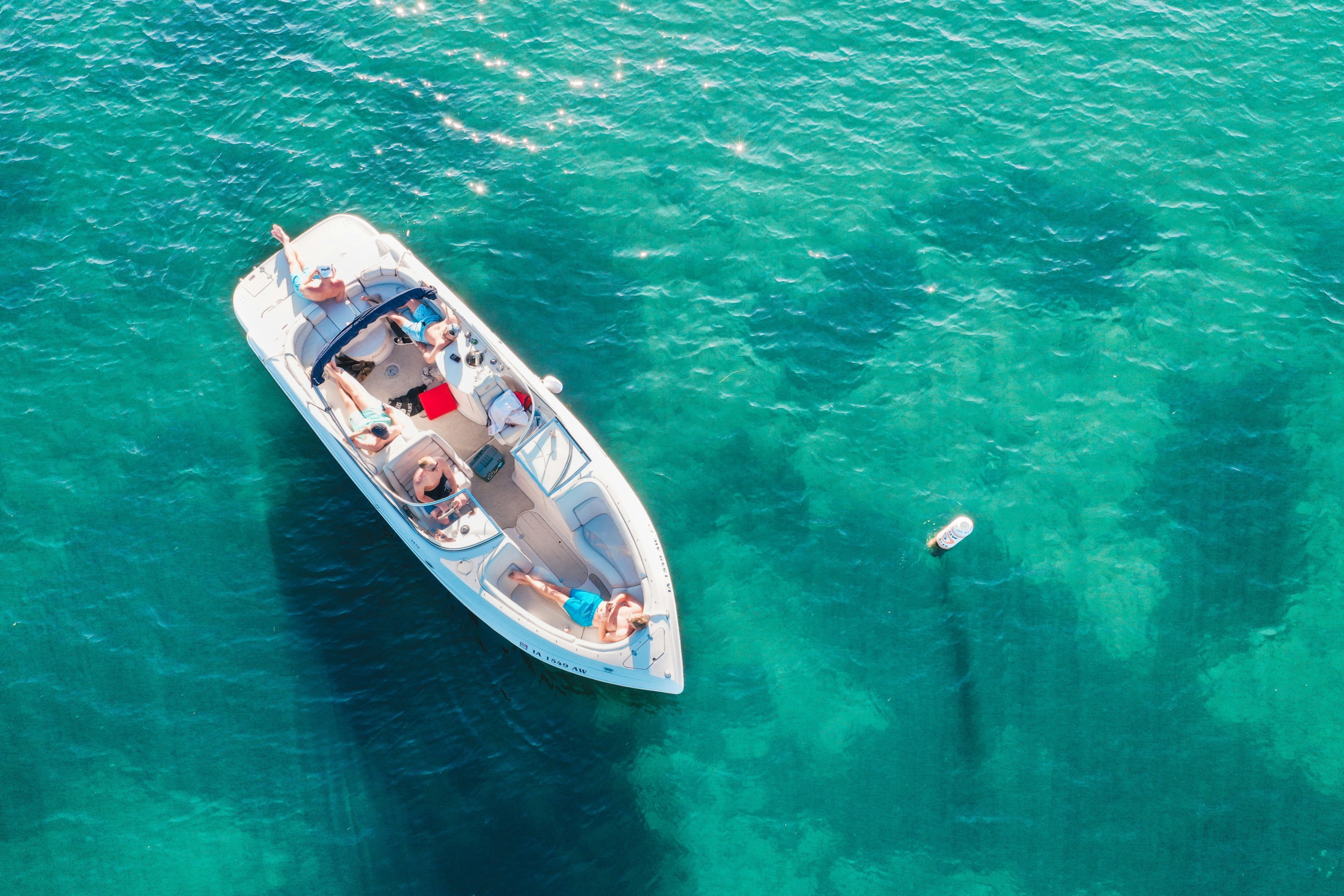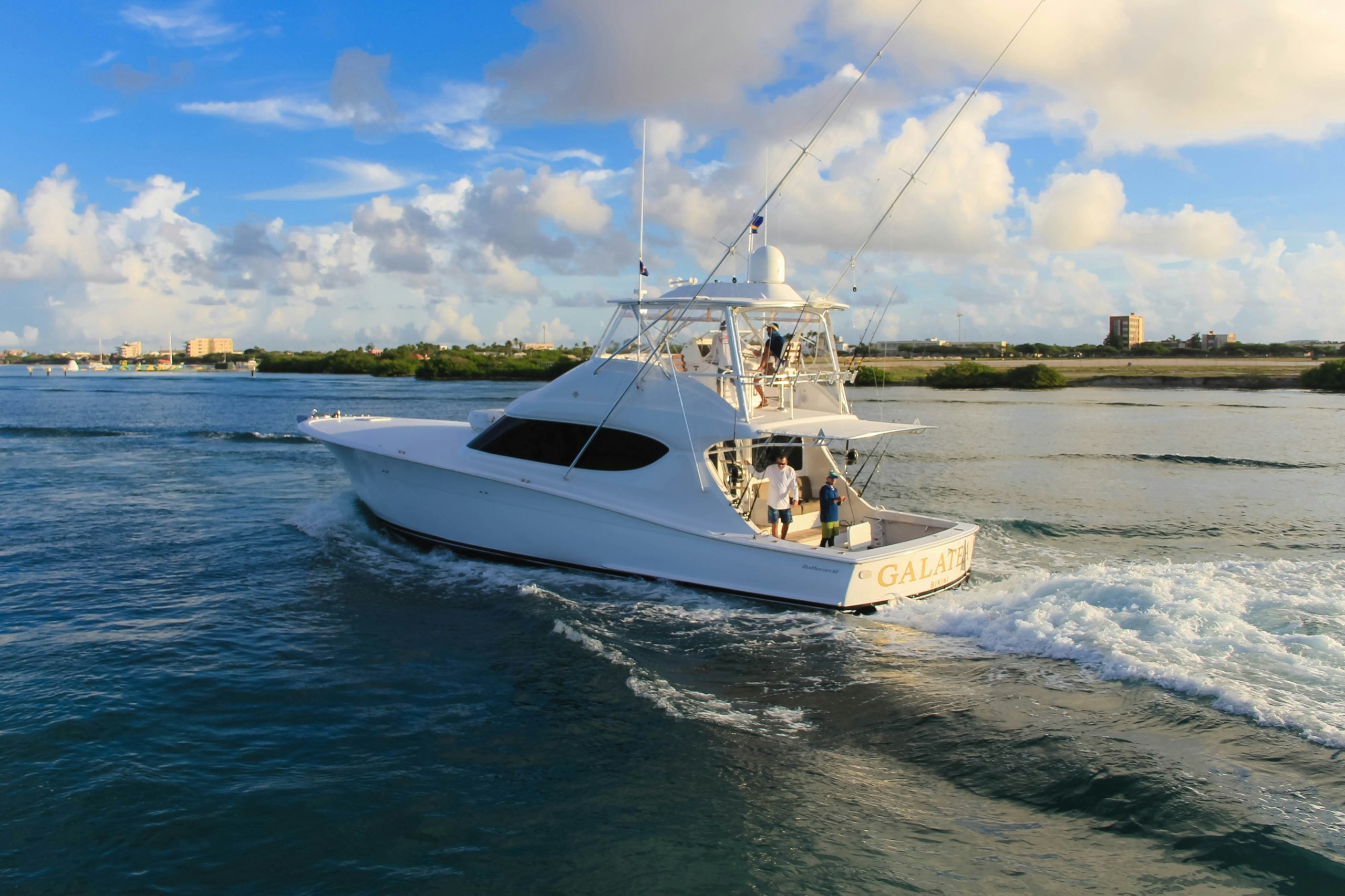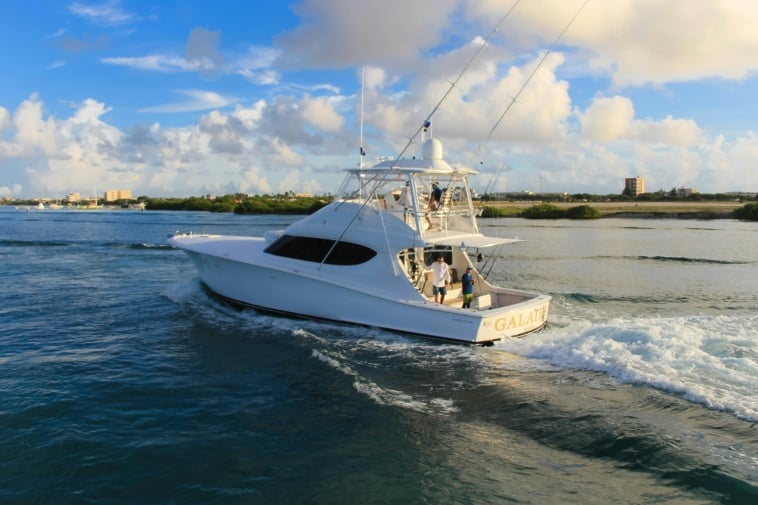So you’ve recently developed an interest in boating and might have come across the term “boating cleat.” But what exactly is a boating cleat? In simple terms, a boating cleat is a device or fastening mechanism used to secure ropes or lines on a boat. It serves as a sturdy anchor point, allowing for the secure attachment of ropes to the vessel. Whether you’re a seasoned boater or just beginning your journey, understanding the importance and functionality of a boating cleat is essential for a safe and enjoyable experience on the water. A boating cleat is an essential piece of equipment used in boating to secure ropes and lines. It serves as a strong and sturdy attachment point on a boat, enabling proper tying and anchoring of ropes. Cleats come in various types and designs, each with its own unique characteristics and advantages. In this comprehensive article, we will explore the definition, purpose, and different types of boating cleats.
Definition
A boating cleat is a metal or plastic fitting that is bolted or screwed onto a boat’s deck or hull. Its purpose is to provide a secure point of attachment for ropes and lines, allowing for efficient and safe docking, mooring, and anchoring of boats. Cleats typically have a T-shaped design, with two short arms extending horizontally from a central vertical post. This design offers a reliable grip and prevents ropes from slipping or coming loose.

Origin of the term ‘cleat’
The term ‘cleat’ has its origins in Old English, where it referred to a wooden wedge or block used to secure ropes on sailing ships. Over time, the term evolved to include metal or plastic fittings with similar functions. The word ‘cleat’ is derived from the Old English word ‘cleat,’ meaning a wedge or fastening device. Today, the term is widely used in the boating industry to describe these essential fittings.

Purpose
Securing a boat
One of the primary purposes of a boating cleat is to secure a boat in place. Cleats provide a strong and reliable attachment point for ropes and lines, allowing boat owners to safely and effectively fasten their vessels to docks or other secure structures. Without a sturdy cleat, a boat would be at risk of drifting away or getting damaged in rough waters.
Tying and anchoring ropes
Cleats play a crucial role in tying and anchoring ropes. Boaters use cleats to secure ropes in a variety of ways, such as creating loops, tying knots, or wrapping ropes around the cleat’s arms. This ensures that ropes remain in place and are held tightly, preventing any sudden movements or slack. Cleats allow for easy adjustment and release of ropes when needed.
Providing stability
Boating cleats also contribute to the stability of a boat. By firmly securing ropes and lines, cleats help keep the boat stable and prevent excessive movement. This is particularly important when the boat is docked or anchored, as it ensures that the vessel remains in position even in turbulent waters or strong currents. The stability provided by cleats enhances safety and comfort onboard.
Preventing damage to the boat
Another important purpose of boating cleats is to prevent damage to the boat. Cleats offer a secure point of attachment for ropes, ensuring that they do not rub against or damage other parts of the boat’s structure. Without cleats, ropes and lines may become tangled or cause friction against the boat, resulting in wear and tear or potential structural damage.

Types
Boating cleats come in various types, each designed for specific applications and offering unique advantages. Let’s explore some of the most common types of cleats used in boating:
Open boat cleats
Open boat cleats are one of the most basic and traditional types of cleats. They are typically made of stainless steel or brass and have an open design, with arms that extend horizontally from a central post. Open boat cleats are versatile and can be easily mounted on a boat’s deck or hull. They provide a secure attachment point for ropes and lines and are commonly seen on a wide range of boats.
Description
Open boat cleats consist of two arms that extend horizontally from a central post. The arms are typically curved slightly upward, allowing for easy tying and secure gripping of ropes. The cleat’s arms are usually spaced apart to accommodate different rope sizes and prevent tangling. Open boat cleats are available in various sizes, allowing boaters to choose the appropriate cleat based on their boat’s size and usage requirements.
Installation
Installing open boat cleats is relatively straightforward. The cleats are typically bolted or screwed onto a boat’s deck or hull, ensuring a secure and permanent attachment. The placement of the cleats should be strategic, taking into consideration the boat’s layout, accessibility, and the desired application. Proper installation is crucial to ensure the cleats can withstand the forces and stresses exerted on them during boating activities.
Benefits
Open boat cleats offer several benefits to boaters. Firstly, their open design makes it easy to loop, tie, or wrap ropes around the cleat’s arms, providing a secure and reliable attachment. Secondly, open boat cleats are versatile and suitable for various boat sizes and types. They are commonly used on fishing boats, sailboats, and recreational vessels. Lastly, open boat cleats are widely available and relatively affordable, making them a popular choice among boaters.
Limitations
Despite their advantages, open boat cleats do have some limitations. The open design of the cleat’s arms may allow ropes to slip or come loose if not properly tied or secured. This can be a concern in rough waters or when dealing with heavy loads. Additionally, the exposed arms of the cleats may pose a risk of injury if individuals come into contact with them. Proper caution and awareness are required when handling open boat cleats.
Horn cleats
Horn cleats, also known as bollard cleats, are a robust and durable type of cleat commonly found on larger boats and commercial vessels. They are named for their distinctive shape, resembling the horns of a bull. Horn cleats provide a strong grip and can withstand significant forces, making them ideal for heavy-duty applications.
Description
Horn cleats have a distinctive shape, with two large outward-curving arms that resemble bull horns. The arms are thick and sturdy, providing a reliable grip for ropes and lines. Horn cleats are typically made of stainless steel or aluminum, ensuring strength and durability. They are available in various sizes, with larger versions capable of securely anchoring large vessels.
Usage
Horn cleats are primarily used for heavy-duty applications, such as mooring large boats or securing commercial vessels. Due to their robust design, horn cleats can handle substantial loads and resist strong forces. These cleats are often found on docks, piers, and other structures where large boats need to be securely fastened. Horn cleats are versatile and suitable for both saltwater and freshwater environments.
Advantages
One of the main advantages of horn cleats is their exceptional strength and durability. The thick arms and sturdy construction make them capable of withstanding significant forces without bending or breaking. Horn cleats also provide a large surface area for ropes and lines to wrap around, enhancing stability and grip. Additionally, the curved shape of the cleat’s arms helps prevent ropes from slipping or coming loose.
Disadvantages
Horn cleats, while highly effective for heavy-duty applications, may not be suitable for all boat sizes or types. Their large size and robust construction may be excessive for smaller recreational boats or vessels with limited deck space. Additionally, horn cleats can be relatively expensive compared to other types of cleats. The high-quality materials and strong construction contribute to their cost. Consideration of the boat’s specific needs and requirements is essential when deciding whether to use horn cleats.





